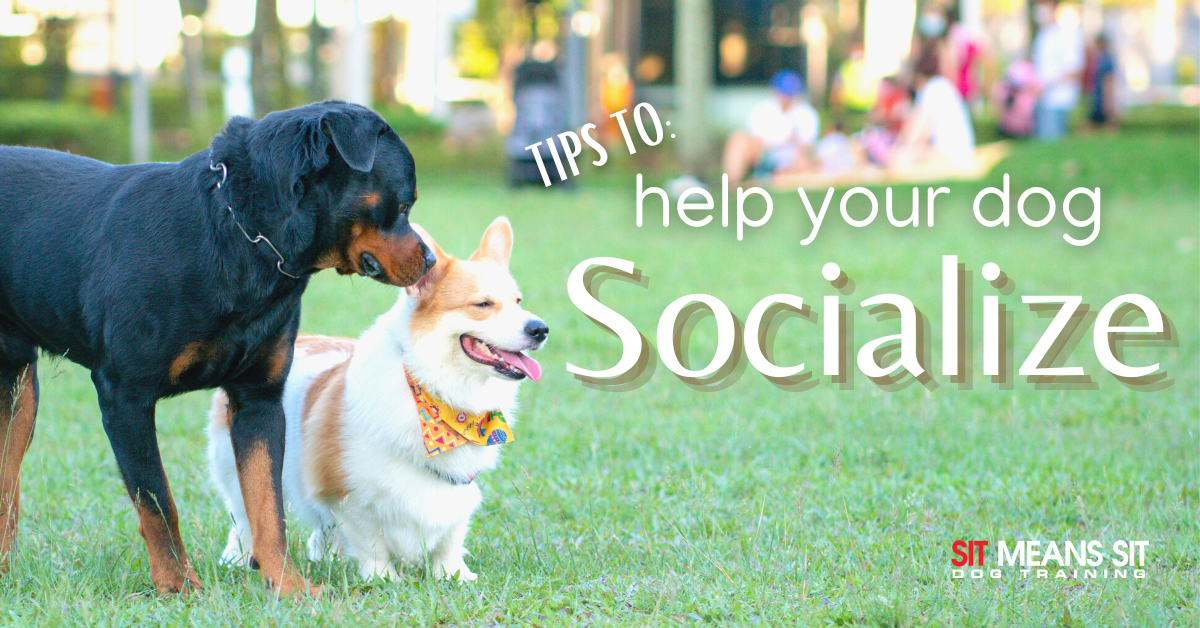
Tips to Help Your Shy Dog Socialize
Are you a pup parent to a shy dog? Is your companion wary of strangers and other dogs? Below are some tips to help your furry friend socialize and become more comfortable with others!
Socialization Period
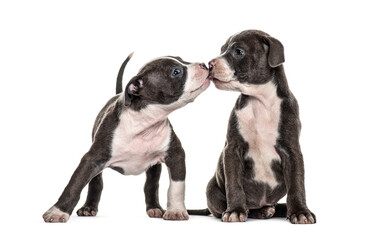
The socialization period occurs between 2-14 weeks of age. This is when dogs develop familiarity with various sights, sounds, people, animals, and situations. The period is also known as the critical period because this is when fido builds resilience and confidence. The more exposure your furry friend has, the more comfortable they become with that stimuli. If you do have a new puppy, here are some socialization tips. Early socialization is key, but don’t fret if your pup missed this period! You can take steps to make your dog more comfortable with other dogs and people.
Small Steps
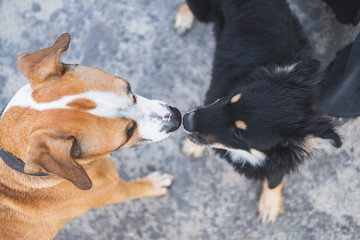
Closed spaces and a large group of dogs running and playing can overwhelm your shy friend. So, allow your pal to take their time to feel safe. Avoid dog parks or doggy daycares where your pal will meet some pretty rambunctious pups.
Instead, friends or family with dogs can go on walks with you and your companion. These encounters will allow the dogs to see and smell each other while roaming and not being confined to a room. This will allow the dogs to be near each other without immediately forcing face-to-face encounters. After about 10 minutes of walking, you can stop to see if they are interested in sniffing each other for a few seconds. Then, continue the walk and occasionally stop to evaluate their comfort level.
Taking these small steps will help your four-legged friend slowly become comfortable with others at their own pace. Kind of like exposure therapy for puppies. Most importantly, they need to feel a sense of safety during these encounters with other dogs and people.
Find Their Type
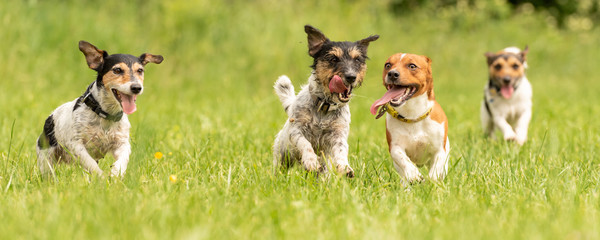
Follow your furry-friends lead on what kind of player they are. Then, set up playmates that enjoy the same kind of play and activities. Some dogs are rough or gentle players and like to chase, wrestle, or be left alone. If your pal is around other dogs that are too rowdy, they won’t feel safe and will avoid interaction. Again, a sense of safety is the most important thing. Matching their play type will help make your shy companion more comfortable and open to socialization. Finding a park or space where fido feels comfortable is important even if you need to go out of your way.
Build Confidence and Avoid Overwhelming
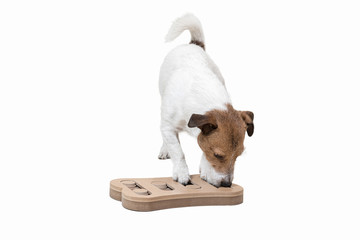
You can build your companion’s confidence by engaging in activities they feel capable and safe completing. You can accomplish this with enriching dog treats and toys. These activities challenge your pal’s brain and are a great way to make them feel capable. Building fido’s confidence will improve his sense of safety by making him feel capable.
Additionally, avoid putting your pup in situations they may feel overwhelmed by. Though you may be told to keep up overwhelming exposure until your pal gets used to it, this can conflict with progress. Work slowly toward these more exciting environments.
You should become familiar with your canine’s body language and cues to indicate their comfort level. You are your companion’s guardian, and they depend on you to make decisions with their best interests in mind. So, use these tips to help your furry companion become a social butterfly!
